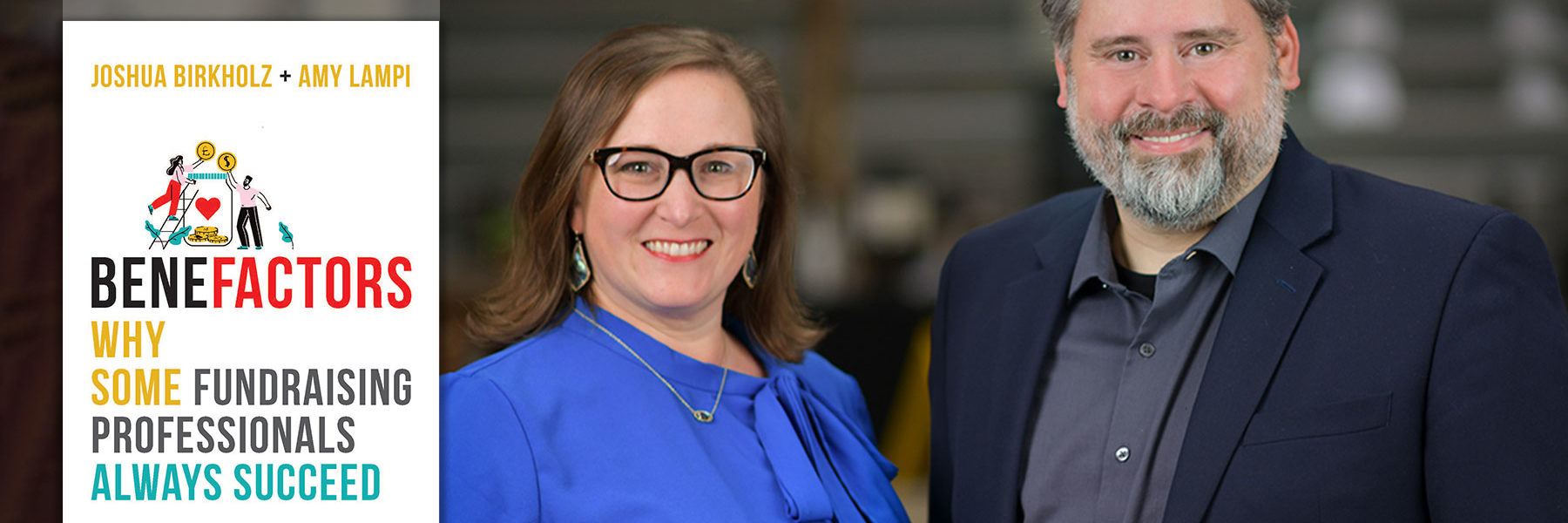Wealth is not new. Neither is charity. But the idea of using private wealth imaginatively, constructively, and systematically to attack the fundamental problems of mankind is new.
—John GardnerIf your actions inspire others to dream more, learn more, do more, and become more, you are a leader.
—John Quincy Adams
Fundraising is not a new concept. There are examples of people contributing to a building fund in ancient times. Around the world, people have asked for money to help others since recorded history began. The National Philanthropic Trust has a fascinating history of modern fundraising at historyofgiving.org. If you visit the site, you will see that they lead with the same John Gardner quote above. In this short statement is the essence of the biggest change to happen to our field. Although fundraising is not new, the business of fundraising really emerged during our lifetimes.
I remember a conversation I had about a decade ago with Jerry May, the very successful and long-serving university fundraiser most associated with the University of Michigan and The Ohio State University. We were talking about his early years of leadership versus his later years. To my best recollection, he said, “When I was starting, my focus was on building relationships with my board, finding a way of working well with the president, and strategizing about million-dollar asks. After several decades, I’ve become close friends with many board members. I have a good rapport with the president. And I’ve closed nine-figure gifts. But, I’m not sure I was fully prepared to manage a team of 600 people.” The honesty and wisdom of that sentiment has stuck with me.
Until recently, the chief development officer for most charities was the most effective frontline fundraiser who had climbed the ranks as the organization grew. Beginning most noticeably in the 1970s, fundraising started to take on a distributed business model. Rather than single contributors doing all the work, we began to distribute tasks like a business. We had an advancement-services professional manage our records and gifts, the first prospect researchers emerged, we started to see annual giving professionals and planned giving professionals, and we had very business-like roles such as marketing, HR, and information technology housed within the development program.
Over the next few decades, programs grew in line with a campaign arms race. The fundraising campaign moved from the incremental capital effort or special initiative to the all-encompassing organizational branding and transformation effort. Along with other businesses, we embraced strategic planning, moved to relational customer relationship management (CRM) databases, incorporated data science, developed digital strategies, established mission and vision language, conducted multiyear plans, created proactive talent management and recruiting strategies, and built a multifaceted professional association ecosystem. Fundraising became a legitimate business.
Now, we are in a period of professionals moving into leadership roles who “grew up” in the business of fundraising. These are different types of leaders with new challenges and opportunities. At times I fear the gradual extinction of the elite fundraiser who honed her craft with top donors over the years only to be replaced with business strategists. But these concepts are not mutually exclusive. Great fundraising leaders continue to emerge. The craft of fundraising continues to evolve.
The characteristics that define a great fundraising leader in the 21st century are being driven by character, being a student of the business, embracing fundamentals, pursuing the edge, and modeling excellence for the organization. As with all areas of fundraising, excellence emerges from a commitment to craft. All of these elements are achievable through commitment and practice. Let’s jump in.
If you would like to learn more about BeneFactors, please visit www.benefactorsbook.com. If you are interested ordering a copy of the book please visit:




